|
Far away and some many weeks ago, tens of thousands of Light-bellied Brent geese felt the first stirrings of the need to fly south. The journeys that migrating birds make are so astonishing that for a long time humans simply could not imagine they happened and bizarre stories were concocted to explain the birds' disappearance at certain times of year. When birds migrate it forms one of the most extraordinary phenomena in nature and Ireland is in a unique position being situated at the very edge of Europe and at the intersection of several intercontinental bird migration routes. Ireland receives both summer and winter migrants, countless millions of wild birds from right across the Northern hemisphere. Vast numbers of them, belonging to hundreds of different species, are on the move in autumn. In search of warmer conditions and a reliable source of food, they take flight toward their winter feeding grounds. Many of these birds will cover thousands of kilometres, using Ireland as an end location, a warmer destination for those Arctic returnees eager to escape the harsh polar winter, or they use this island as a stop over, a key staging area for several species that are en route to Africa. So why do birds migrate? Migration is typically driven by the availability of resources such as food or the accessibility of nest sites and many breed in the far north This is particularly important for ground-nesting birds, where the expansive tundra provides areas that are comparatively predator-free. The other advantage of breeding in the lands of the midnight sun is that during summer months there is constant daylight. This allows for non-stop foraging as daylight promotes continuous and rapid growth of fresh vegetation, providing ample food for herbivorous birds such as geese. This constant fresh food improves their overall body condition and the good condition of birds translates into more eggs and healthier goslings. When it's time to leave Migrating birds use a variety of environmental cues to determine when is the best time to start their journey, the most prominent of which is day length. As Arctic summers turn to autumn the constant daylight begins to shift. The circadian rhythm of the geese, that determines the pattern of their daily lives can sense and will respond to the shortening daylight hours and the slowly reducing temperature as a trigger to prepare their bodies for migration For some species, migrations can involve days of continuous flapping flight, without an opportunity to rest or refuel. To power this tremendous feat of endurance, migratory birds deposit large stores of energy dense fat, for some this can be almost 50% of their body weight. During this fattening period, the major flight muscles and the aerobic metabolic pathways also undergo vital changes. The metaphor of marathon running is sometimes inadequate to fully capture the immense effort of the long-distance migratory flight of birds. Closer, perhaps, to a journey to the moon. As the birds have no access to supplementary water or nutrition during a multi-day flight, they must carefully budget their body fat and protein stores to provide both fuel and life support. Recent evidence suggests that migratory birds may alter the fatty acid composition of the fat stores and muscle membranes to improve endurance during flight. Amazingly, the changes made to the flight muscles occurs without birds having to increase flight activity – birds don’t train for migrations; they simply take off one day, ready to go. To ensure this all goes according to plan, however, birds use a variety of tactics, one is a major increase to their food consumption prior to departure, the other is seasonal hypothermia - lowering the core body temperature to save energy and assist with fat deposition - and crucial at times to stop them overheating in flight. Light-bellied Brent Geese do not have a continuous migration flight, those departing from the far west of Canada may likely stop in Greenland and Iceland before the last leg into Ireland. When they first arrive here they head en masse to Strangford Lough in Co Down where the numbers of Light-bellied Brent Geese make up almost 90% of the Worlds' population. The 4,600km journey is the longest, and one of the most dangerous, migrations made by any of the geese species, a bird not much larger than a Mallard. Non-breeding adults travel early and small numbers may have been in Ireland since late August, family groups, with their goslings learning the route as they fly, arrive somewhat later with the main numbers arriving in mid October. This arduous and perilous journey means they all arrive exhausted and ravenously hungry, landing at Strangford Lough. to restore their energy levels after their annual trek through some of the world’s most hostile climes.
During the winter they feed mostly on inter-tidal eel-grass and algae, which grow in and around the muddy estuaries. They move to adjacent fields when coastal and estuarine areas have been depleted, in fact there has been an increasing tendency for feeding on farmland and on amenity grasslands around large towns and villages. Light-bellied Brent Geese are protected and classified as an Amber List species due to the important numbers found at just a few sites. If you want to get out and see these amazing travellers head for North Bull Island, Co Dublin or the Wexford Wildfowl Reserve and of course, Strangford Lough, Co Down. Castle Espie is a wetland reserve managed by the Wildfowl and Wetlands Trust (WWT) on the banks of Strangford Lough and well worth a visit.
0 Comments
|
WildEdges
A haven of quiet countryside highlighting issues affecting the natural world. Categories
All
|

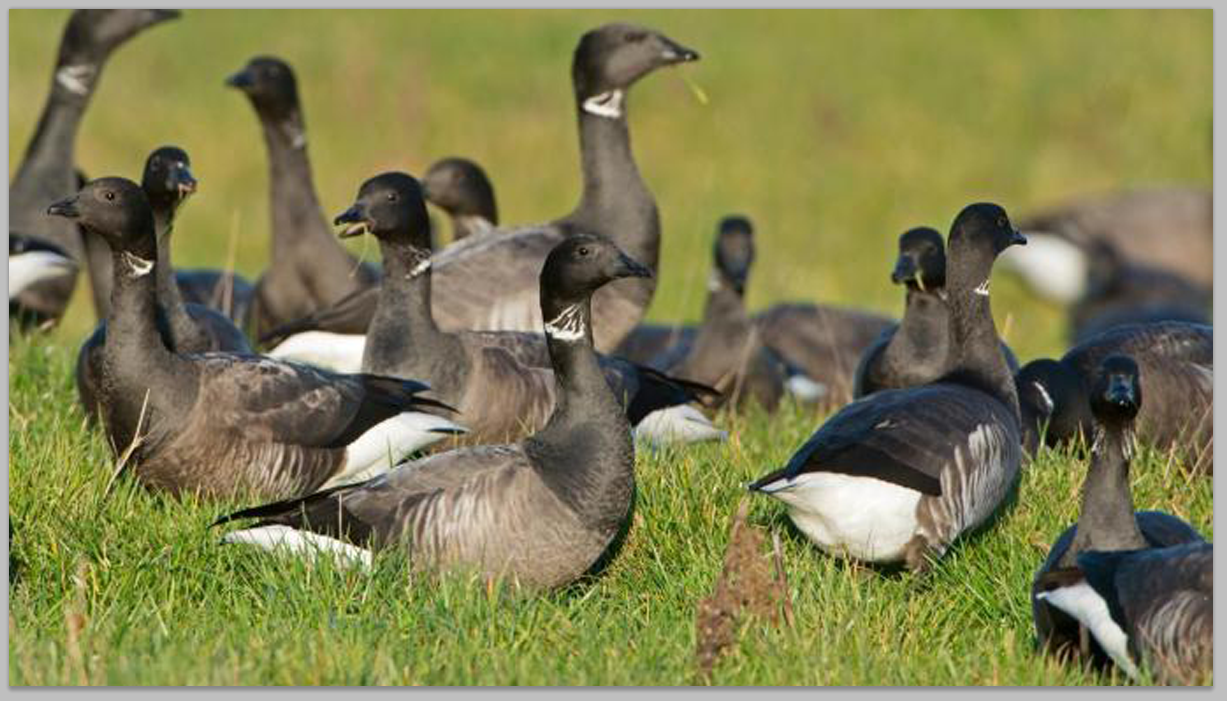
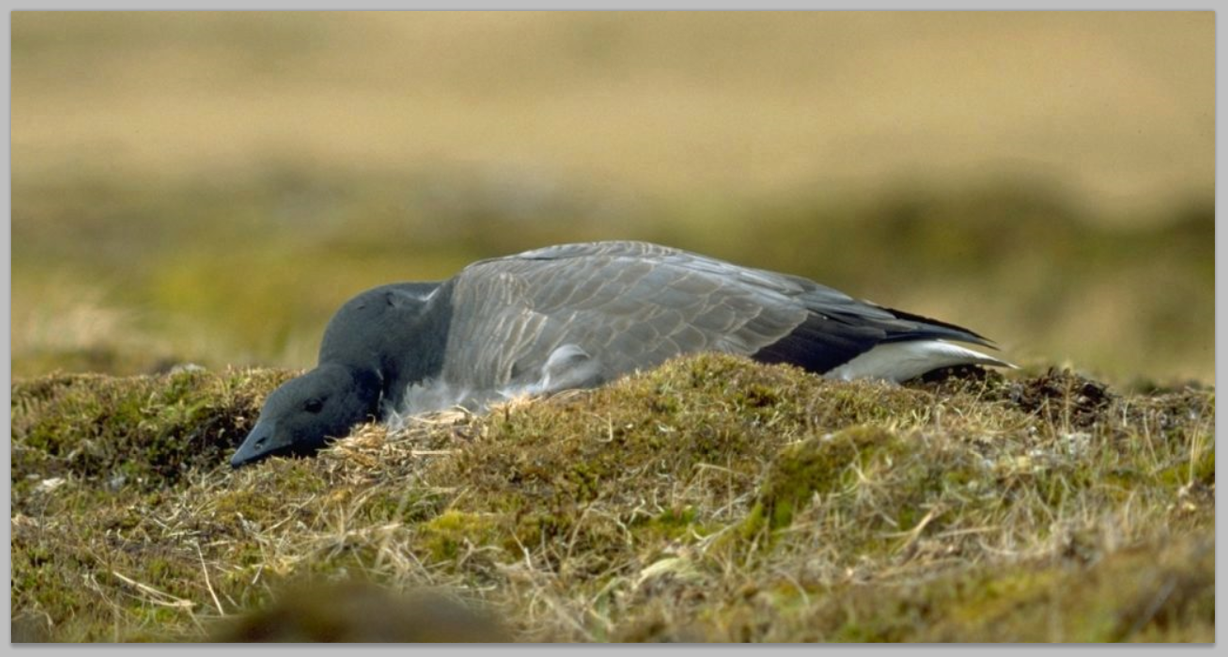
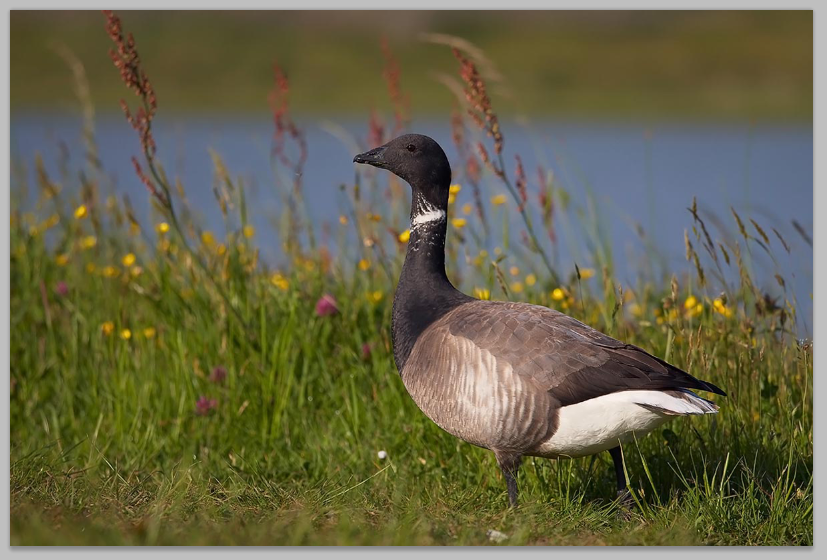

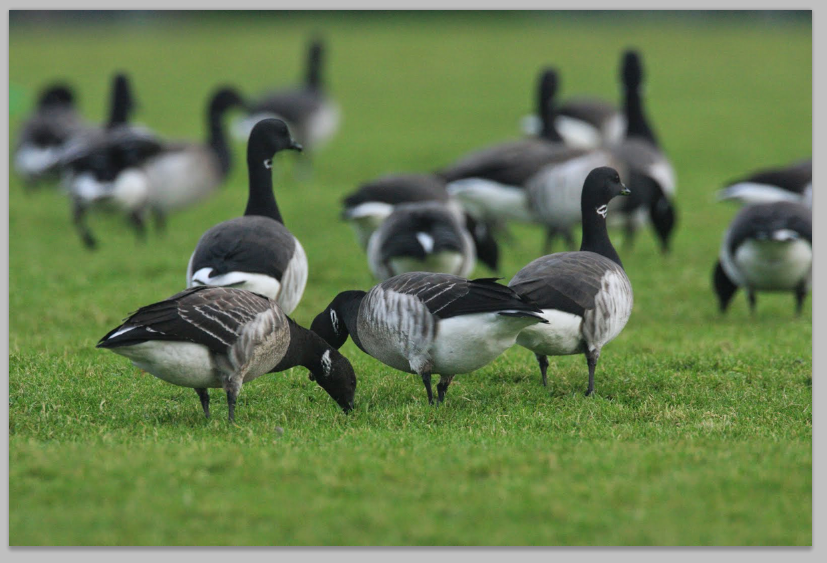
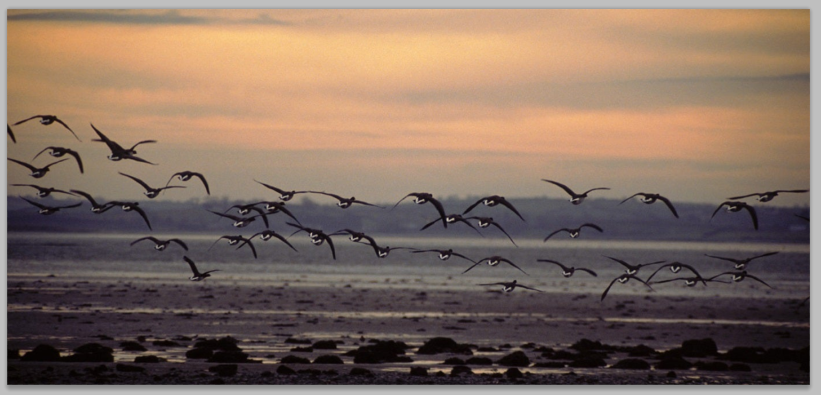
 RSS Feed
RSS Feed